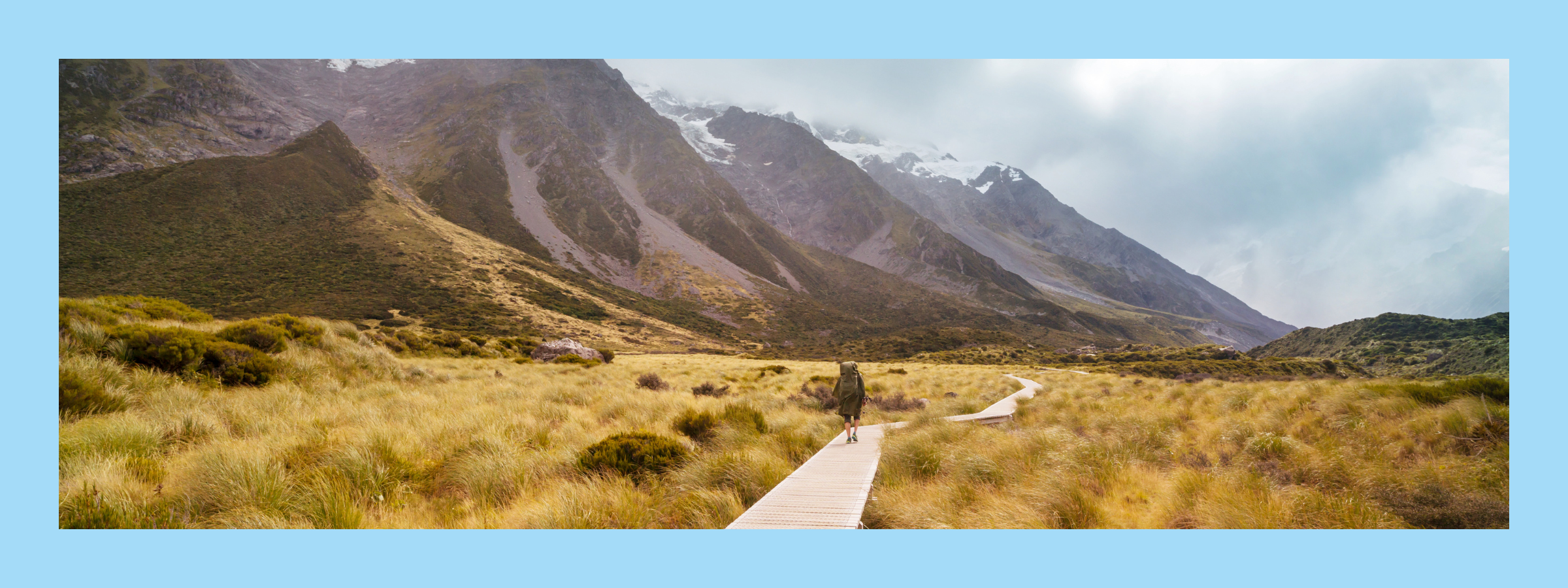
Guided Imagery: Anxiety, stress and depression self help
Guided imagery: What is it used for?
Guided imagery is a type of focused relaxation or meditation. Focused relaxation involves concentrating on a specific object, sound, or experience in order to calm your mind. It is a convenient and simple relaxation technique that can help you quickly and easily manage stress and reduce tension. The idea is that your body reacts to your own thoughts.
For example, when you think about a stressful situation, your body and mind become tense. Your heart rate and blood pressure might increase, and you may feel jittery and unfocused. But if you focus your attention on peaceful scenarios, your mind and body tend to relax. You may feel less tightness and tension in your muscles and by calming your mind and body, you may be better able to cope with mental, emotional, and physical stress.
Benefits of Guided Imagery:
- Increase control and relaxation
- Reduces depression and pain
- Decreases stress and anxiety
- Decrease in cancer treatment side effects
- Enhances sleep and quality of life
Through guided imagery you can learn to use your imagination to "create the state you want," meaning that you can actually change how you are feeling by changing your focus. Even very young children can learn this skill by linking images in their minds with feelings and experiences.
Guided Imagery: How to do it
Guided imagery can be done anytime and anywhere, and doesn’t require any special equipment. You can use your own imagination or follow a recording from youtube, a therapist or create your own.
- Find a comfortable place to sit or lie down. Close your eyes.
- Start by just taking a few deep breaths.
- Picture a setting that is calm and peaceful. This could be a beach, your favourite holiday, or an event.
- Imagine your scene, and use your senses to describe it. For example, is there a breeze? How does it feel? What do you smell? What does the sky look like? Is it clear, or are there clouds?
- It often helps to add a path to your scene. For example, walking down the beach feeling the sand between your toes and listening to the waves crashing and as you walk you feel more and more relaxed.
- When you are deep into your scene and are feeling relaxed, take a few minutes to breathe slowly and feel the calm.
- Think of a simple word or sound that you can use in the future to help you return to this place. Then, when you are ready, slowly take yourself out of the scene and back to the present. Tell yourself that you will feel relaxed and refreshed.
- Count to 3, and open your eyes. Notice how you feel right now.
Guided Imagery: 5 tips for beginners
- The first time you do this technique you may find it hard to relax. But doing this everyday can enable you to teach yourself to relax more quickly and deeply.
- Use a recording that represents your peaceful scene. For example a recording of the waves crashing or birds singing.
- Use this technique when having blood tests, during chemo or PICC line cleaning.
- You may want to set an alarm, just in case you lose track of time or fall asleep. This way, you’ll be more able to relax and let go, knowing that your schedule won’t be in jeopardy.
- Breath from your belly. Let your belly expand and contract. If you feel your shoulders rising and falling, you are likely carrying tension in your body.
Discover more stress relief techniques at - 'Deep Breathing Exercises'











Leave a comment
This site is protected by hCaptcha and the hCaptcha Privacy Policy and Terms of Service apply.